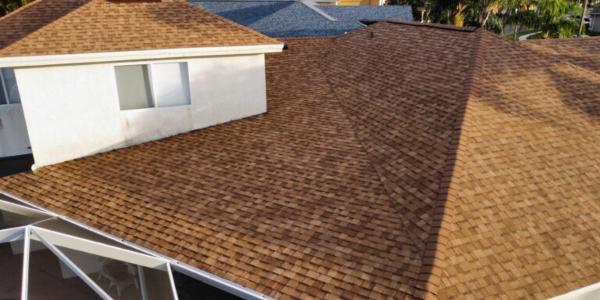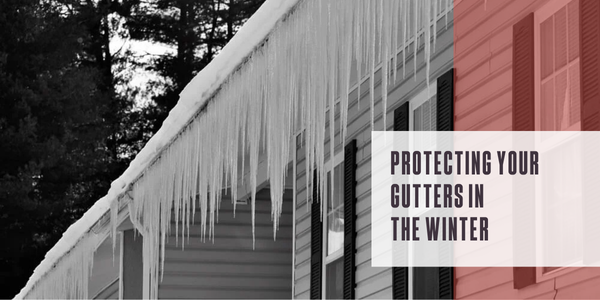Before and after the storm
November 20, 2024 at 8:00 a.m.By Emma Peterson.
Learn how to prepare your roof for winter weather and assess it for damages in the aftermath!
In this AskARoofer Podcast episode, Megan Ellsworth and Lauren White hosted MacKenzie Beldon from Beldon Roofing to chat about all the things homeowners should consider when preparing their roofs for the upcoming winter weather. MacKenzie, who is a fourth-generation roofer, shared some of her best tips and tricks for this.
Before the storm
There are some preparation strategies that can be implemented before any winter weather hits. MacKenzie explained, “Before going into the winter, you want to inspect your gutters, check your roof flashings and inspect the edges as well as examine your shingles, so really just understanding the state of your roof before going into the winter seasons where we are expecting to have snow and ice.” Additionally, you should try to trim the trees around your house and roof line to ensure they do not freeze and break. You should also consider putting an anti-icing product on your roofline if you expect snow or ice build up. This is something you should reach out to your local contractor about, as they will have region-specific recommendations.
If you are specifically concerned about ice dams, which are when your gutters freeze up and are blocked leading to dangerous ice falling off the roof unexpectedly, there are some ways to try and avoid them developing. MacKenzie shared, “We recommend cleaning your gutters ahead of time, removing dead leaves and any debris that you can. If possible, you can add fiberglass insulation or a blanket or heat strips to stop the ice from actually building up before it begins doing so, and also you could consider upgrading your gutters to something with a gutter guard or a helmet to help reduce icy occurrences.”
After the storm
Once the weather has hit and the worst has passed, it’s time to start handling any potential issues. One thing to do is contact your insurance company. MacKenzie explained, “They'll know the relevant information. They'll know whether or not your roof was in an area that was impacted significantly, and they can best determine what happens next, whether it's engaging a contractor or meeting with your adjuster first.”
You should also make sure to photograph and document what you can from the safety of the ground. MacKenzie shared, “If it's anything that you can see from the ground or something that you can snap a picture of from a window or a relatively safe area, please do. But if you believe or suspect that there's damage that you can’t see until you’re on your roof, it's better to have your adjuster or roofing contractor safely document it.” The types of damages you should be looking for include cracked or missing shingles, water leaks, fallen branches, roofing granules on the ground, broken gutter, water pooling and so forth. All of these are signs of further damage and a good cue to contact a roofing contractor near you!
Read the transcript or Listen to the podcast to learn more about keeping your roof safe through winter weather!
Have a question? AskARoofer.
Find your local roofing contractor in the RoofersCoffeeShop® Contractor Directory.
About Emma
Emma Peterson is a writer at The Coffee Shops and AskARoofer™. Raised in the dreary and fantastical Pacific Northwest, she graduated in 2024 from Pacific University in Oregon with a degree in creative writing and minors in graphic design and Chinese language. Between overthinking everything a little bit, including this bio, she enjoys watching movies with friends, attending concerts and trying to cook new recipes.










Comments
Leave a Reply
Have an account? Login to leave a comment!
Sign In